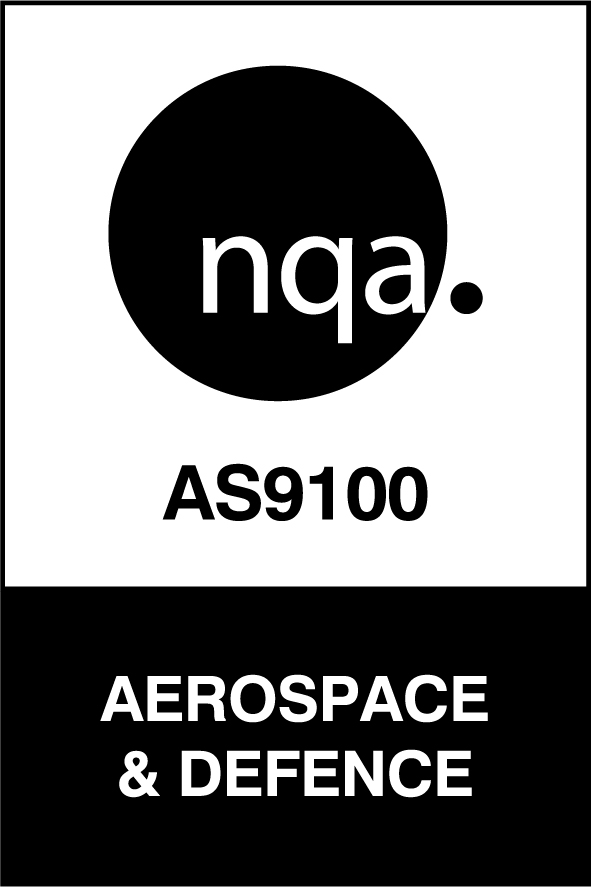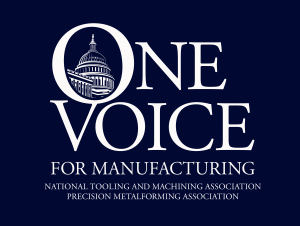

Posted: Oct 5, 2018
Here at Dayton Rogers, we live and breathe metal stampings. As an authority on the subject and stamping fanatics, we often forget that not everyone is familiar with how different types of stampings work. You may have heard the terms “short run stamping” and “progressive stamping” before. What exactly is the difference between the two?
Simply put, these are two different metal stamping methods that can achieve the same quality of results. The key difference between the two options lies in their respective applications and their cost effectiveness, which depends on the number of pieces you are trying to produce.
A short run stamping is an economical way to produce metal parts in smaller quantities from prototype up to 100,000 pieces with relatively quick lead times. In short run stamping, you use a mix of pre-made tools and custom tools in one-hit metal stamping stations. When you start on a short run stamping project you essentially “start from scratch” each time, needing only a schematic of the part that you want to build. Typically, short run stampings are cheaper for one-off parts when compared to progressive stamping.
Short run stampings can result in relatively low investment costs compared to other types of stamping and metalforming. Here’s how:
• Minimize Tooling Costs:
– By using a combination of standard tools to achieve the desired shape, startup costs are greatly reduced compared to forming methods which use custom tooling.
• Save on Small Quantities:
– Short run stamping allows customers to order small part quantities at a pleasantly low cost per part. This makes short run stamping great for small batches of parts and prototypes.
• Easily Incorporate Design Changes:
– Since standard tooling is used instead of custom tooling, design changes are easily implemented at little to no cost.
• Quality Control:
– Tolerances are totally customizable. Select a tight tolerance if your project requires it, or save costs with less strict requirements.
If any of the following points apply to your metalforming project, consider giving short run stamping a try.
• If you only need to produce a small number of a parts (100,000 parts or less)
– Short run stamping is the preferred choice for small batch production due to its lower cost compared to progressive stamping. As production quantity goes up however, it becomes less economical due to the kinds of tooling used.
• If the part is custom-made and will not be needed for multiple projects
– Since low production quantities are more economical for short run stamping, this makes it the ideal choice for one-off custom parts that are not modular in design. Short run stamping is great for prototyping metal parts in a cost-effective manner.
• If the part is complex, or requires special considerations
– Short run stamping allows for complex shapes to be produced with minimal tooling costs, making it a great alternative to other metal forming processes like molding and machining.
For a more in-depth comparison between short run stamping and other common metal forming methods, check out the Dayton Rogers Red Book– available for free!
Progressive stamping is typically what people envision when they think of metal manufacturing – instead of using a set of existing tools for the job, you begin by crafting an individual part and then creating tools to stamp out exact copies of the part from new pieces of metal. Progressive stampings are a much more economical solution if you find yourself needing large quantities of the same part on more than one occasion. By creating progressive stamping tools, you can lower the cost of production per unit. Costs are further reduced by producing large batches of parts at a time, so if you are looking to produce a large quantity of items then progressive stamping would be the right choice for you.
There are many reasons to choose progressive stamping over other metal fabrication methods:
•Boost Production Efficiency:
– Progressive stamping allows a large volume of metal parts to be manufactured in a short amount of time. For high-quantity or recurring orders, this is the way to go.
• Reduce Scrap Metal, Reduce Costs:
– By forming shapes in a single step with custom tools, the production of metal scrap is significantly minimized if not flat out eliminated. This results in significant cost savings as less material is wasted.
• Reduce Lead Time:
– Shorter lead times are one of the key benefits of progressive stamping, making it the preferred choice for extended production runs.
• Achieve More Complex Geometries in a Single Process:
– Metal casting and machining are typically used to achieve complex geometries in a part. With progressive stamping the same complex geometries can be created using custom tooling in a fraction of the time, saving costs for customers and manufacturers alike.
• Sustain Longer Production Runs:
– Due to the nature of custom tooling, progressive stamping allows for longer production runs at a lower cost per part than short run stamping.
• High Repeatability & Precision:
– Simple die tools enable the same part to be produced easily over multiple series of production runs.
• Cost-Effective for High Volume Productions:
– Low up front tooling costs reduce the overall cost of production per unit. The higher number of units are created, the lower production costs fall.
• If you need large quantities of a specific part
– Progressive stamping allows for parts to be produced quickly & efficiently, making it a great choice for high volume projects. If a prototype has already been redesigned into a final product, progressive stamping would be the best choice to begin a large-scale production run.
• If you will need to reproduce the part multiple times in the future
– The part can easily be recreated in the future with minimal start up time thanks to the creation of custom tooling. Custom dies can be stored and reused without concern for warping or degrading over time, so you can return to your project even if significant time has passed since the previous run.
• If the part is relatively simple to make
– Minimize tooling costs by using progressive stamping when manufacturing parts with simple geometries. If a shape is very complex, consider using a combination of progressive stamping and machining to achieve the part you need.
Now that you know the difference between short run stamping and progressive stamping methods, it’s time to decide which of the two will work best for your project. We offer free consultative phone calls or in person meetings to discuss which method is best for your project. Contact us today to get started.
Dayton Rogers is your trusted resource for sheet metal fabrication, metal stampings, metalforming and all your manufacturing company needs. Get a free quote today on your custom metal fabrication project.








8401 West 35W Service Drive, Minneapolis, MN 55449-7260 1-800-677-8881
© 2022 Dayton Rogers. All rights reserved